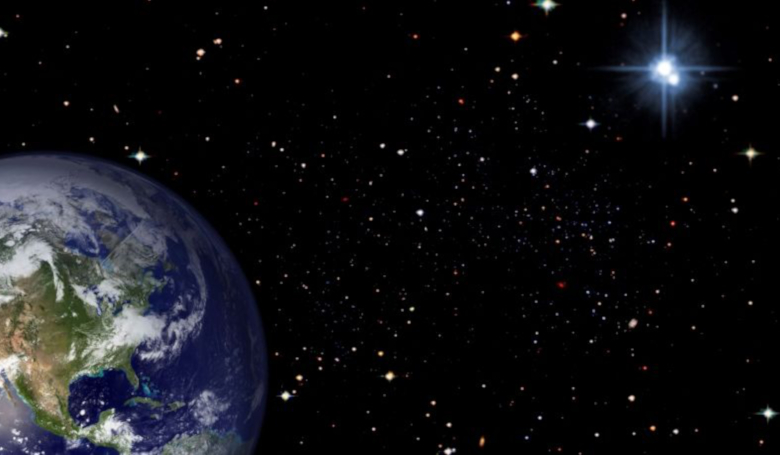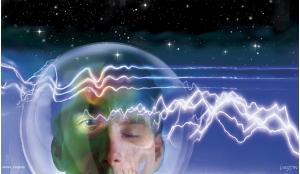It would seem pretty certain that in a Universe suspected to contain an unfathomable amount of stars – roughly around 1 googol (10100) stellar objects are thought to permeate space – that life exists elsewhere in the cosmos, but just how certain are scientists that our planet is not the only world containing living beings? New research by Professor Tomonori Totani at the University of Tokyo suggests that life could be common, probably just not in our cosmic backyard.
We need only look at the world around us to see that life is thriving on this planet and it can do so in some of the most inhospitable places on Earth.
Despite the plethora of life on Earth, when it comes to studying the origins of life everywhere, scientists are restricted to the specific conditions we find on our planet. And so far, all biological and physical studies dedicated to this research has yet to provide a definitive answer to when life started and how it began.
Luckily, there is one ingredient which scientists agree could be of use in helping to pinpoint these answers; ribonucleic acid, or RNA.
The simpler, single-stranded RNA molecule, which is used in key metabolic processes for all steps of protein synthesis in all living cells, is considered to be a more essential molecule for studies on the emergence of life than its more famous double-stranded cousin, deoxyribonucleic acid, or DNA.
This is because RNA can function as both a gene and an enzyme, so not only does it carry genetic information but it also acts as a catalyst to bring about a specific biochemical reaction.
Simpler is something of a misnomer though, as RNA is still very complex when compared with the types of chemicals we have found in space so far; to date, the largest molecule known to exist in space is C60, or the buckyball - a set of 60 carbon molecules that when strung together makes the shape of a soccer ball.
RNA on the other hand is made of monomers called nucleotides and each nucleotide is made up of three components: a pentose (five-carbon) sugar called ribose, a nitrogenous base and a phosphate group.
To get life kick-started, some researchers believe that RNA needs at least 40 to 100 nucleotides in order for it to self-replicate. However, the process of copying a genetic molecule, which is considered a basic qualification for life, appears to be exceedingly complex.
Still, with the right chemical conditions and sufficient time, nucleotides can spontaneously connect to form RNA. But putting together the crucial number of 40 to 100 nucleotides is not thought possible given the volume of space we consider to be the observable Universe.
How big is the observable Universe. In one short answer, Big. “However, there is more to the universe than the observable," explains Totani.
The observable Universe contains about 10 sextillion (1022) stars, and if this was all that there was, then statistically speaking, the matter in such a volume should only be able to produce RNA of about 20 nucleotides.
But, in modern cosmology, it is generally agreed the Universe underwent a period of rapid inflation producing a vast region of expansion beyond the horizon of what we can directly observe, says Totani.
By inflating rapidly, the Universe may be closer to containing more than 1 googol (10100) stars and in that case this greater volume when factored into models of abiogenesis “hugely increases the chances of life occurring,” Totani says.
But says the author in his recently released paper, “the probability of finding biosignatures from planets or satellites in the Solar System or from exoplanets is negligibly small, unless we consider interplanetary or interstellar traveling of microorganisms.”
So life could be out there, it’s just hidden beyond our view in a pocket of the Universe far away from us.
“The observable universe is just a tiny part, whose volume is likely smaller than 1/1078 of the whole universe created by an inflation, and there is no strong reason to expect more than one abiogenesis event in such a small region,” says Totani in his paper.
The outlook might be bleak then - for our corner of the Universe at least.
But not all is lost. Although this work considered only a single homogeneous region in the Universe created by an inflation event, obeying the same physical laws that we observe, by combining his recent investigation into RNA chemistry with his long history of cosmology has lead Totani to realise there is a plausible way the Universe must have gone from an abiotic (lifeless) state to a biotic one. Life it seems should find a way, even if the chances are slim.
“It's an exciting thought and I hope research can build on this to uncover the origins of life,” he said.











